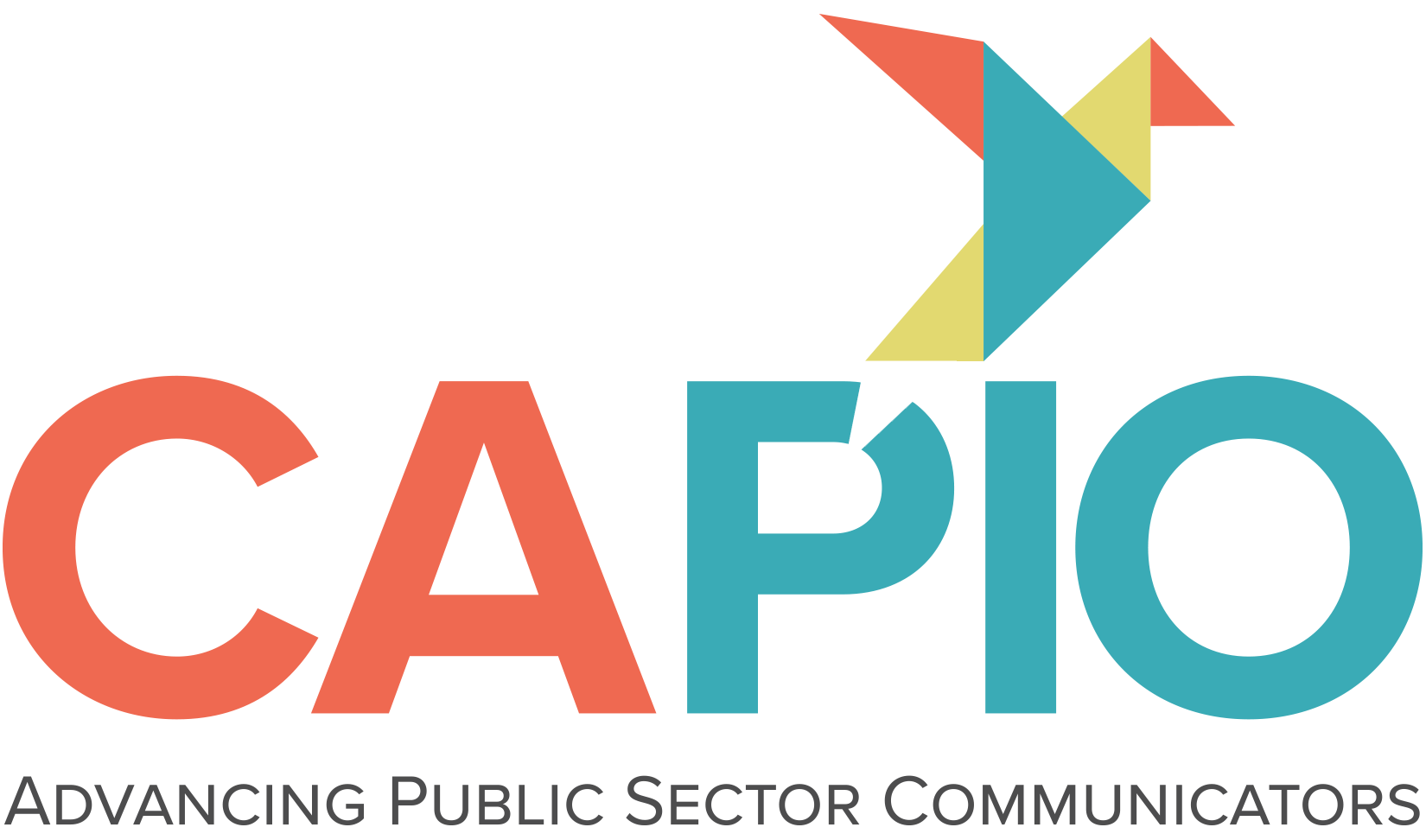Effective Emergency Communication with Spanish-Speaking and Limited English Proficient Populations
When the 2023 winter storms hit Santa Barbara things moved fast. One minute I was sipping my coffee staring out my office window at the downpour, the next I was in a manager’s meeting hearing that southbound Highway 101 was about to close. Because the area had so many fire burn scars, I knew evacuations were imminent and that the northbound 101—my only route home—would close soon too. But there was work to do and people to evacuate, many of which didn’t speak English or who had limited English proficiency.
For many agencies, outreach to the Spanish-speaking community primarily comes to mind during emergencies. Unfortunately, that is sometimes not enough time to overcome obstacles and effectively get the messaging out in a meaningful way.
Common Spanish-language outreach challenges for agencies include:
- Understanding of cultural competency
- Having enough bilingual officers at local assistance centers
- Gaining community trust
- Knowing the right distribution channels to use
- Effective timing of message distribution
Santa Barbara County has had multiple large-scale emergencies and the city had been making efforts to incorporate Spanish-language messaging for years. While I was PIO there, those efforts included a dual-language website, partnerships with community-based organizations (CBOs), and a Spanish cadre that activated during emergencies for prompt and accurate translation and interpretation.
At our EOC during the 2023 storms, I had the fortune to work side by side with Liliana Encinas, the city’s Fire Bilingual Public Outreach Coordinator/PIO. Encinas has been instrumental in outreach to the Spanish-speaking community through her work with the Fire Department but also through her contributions as a State Master Trainer for the Community Emergency Response Team (CERT), and as National Program Director for LISTOS, a program developed to provide individuals and families with basic emergency and disaster preparedness education. She also helped shape many of the city’s policy efforts on Spanish language outreach.
Encinas offered some best practices for other agencies looking to step up their outreach to Spanish-speaking communities.
“Culturally appropriate messaging is very important in any language.”
There are so many tools that automate message translation, however, sometimes word for word translations can be correct but not used in the right context. Even more importantly, tech tools don’t always capture cultural relevance in the overall messaging. The key is to have knowledgeable translators and interpreters available.
“The message should be disseminated timely as it would in English.”
I’ve been in various emergency situations in which priority was given to getting the English information out as fast as possible, only to then wait on the translation which would sometimes go out hours later. The best scenario is to have translation available as soon as the original message is complete and send them out in close order. During the 2023 storms, Liliana and I were able to sit side by side and simultaneously create content and distribute.
“Take the time to include your whole community in the planning process and preparedness efforts.”
Successful outreach to Spanish-speaking or Limited English Proficient communities takes more than just your in-house team. Take time to foster collaborations and partnerships across your agency and especially, with CBOs before an emergency happens. Service agencies, churches, schools, Spanish-language media, and even popular local Facebook pages will become helpful distribution channels during emergencies.
The Napa Valley Community Organizations Active in Disaster created a guide for communicating with Spanish speakers after lessons learned from fires in that area. According to the guide, people rely on and trust community organizations. If the information doesn’t come from a trusted source, it’s unlikely to be effective.
Additionally, distribution channels matter. Some populations don’t have access to technology or prefer to get their information elsewhere, like a radio station or through word of mouth.
Further, the guide suggests considering literacy levels of the targeted audience and an understanding of communications preferences and habits, and then tailoring that content. According to the guide, “many Latino immigrants may be used to a more tabloid culture of news with images and illustrations.”
With a growing Latino population in California with 28.3% who speak Spanish at home, agencies may increasingly find themselves in need of reaching out to more diverse populations within their community.
Initial strategies should include creating Language Access Plans, coordinating with CBOs, and incorporating a process to translate information and vet that information through a culturally sensitive lens.
Liliana emphasized the importance of community-wide collaboration in making emergency communication equitable and inclusive. “Because in times of crisis there are no jurisdictional boundaries, we are all in it together,” she said.

